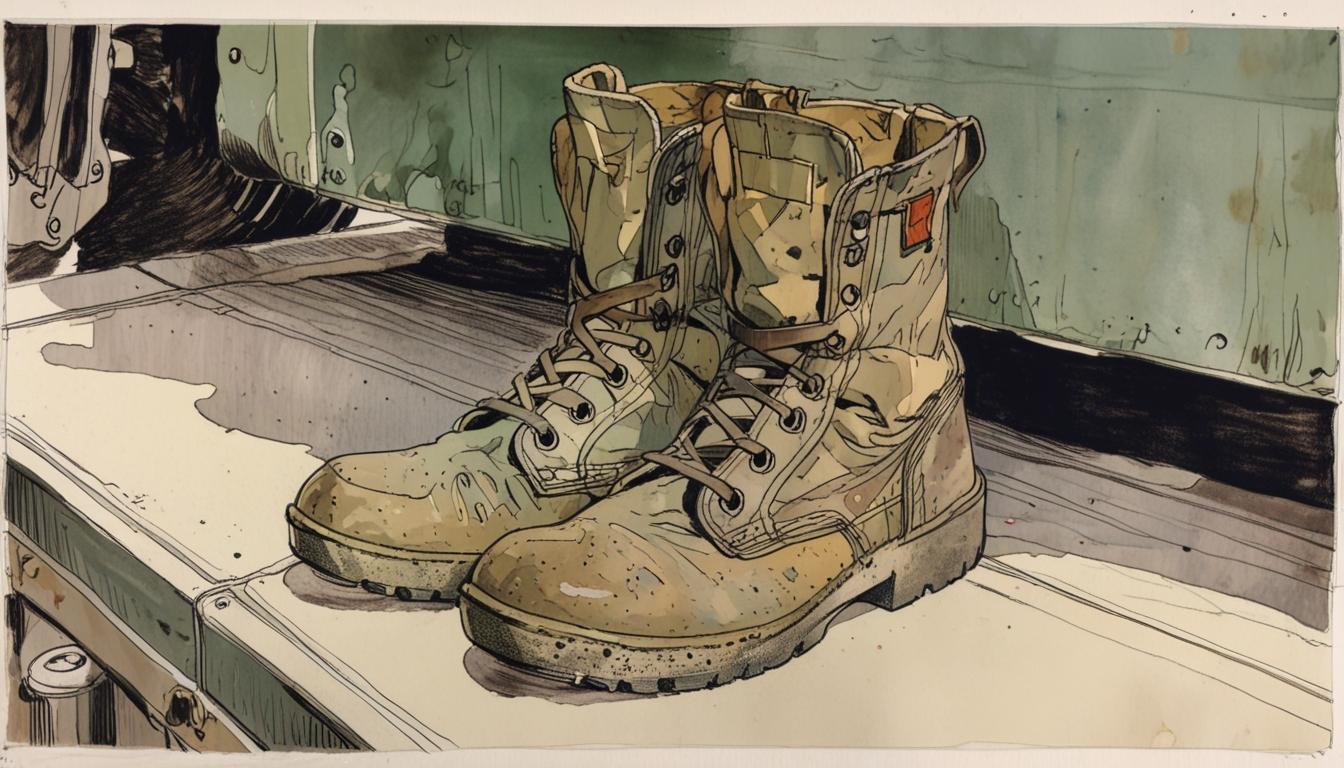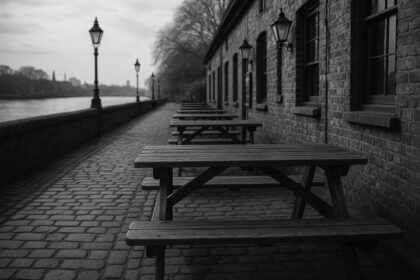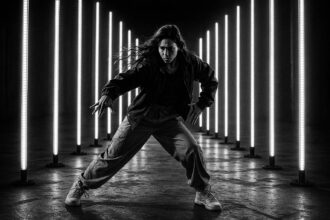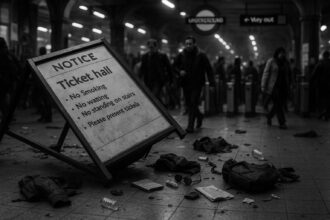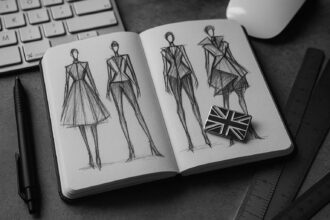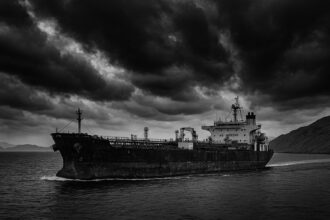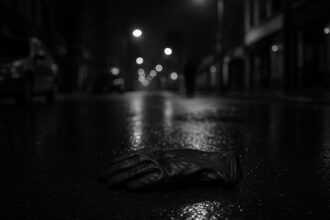Unseen wartime images by Lee Miller on display at Photo London unveil the emotional scars of a pioneering female war correspondent, while contemporary photographers spotlight the intimate resilience of LGBTQ+ Ukrainian soldiers amid ongoing conflict.
Lee Miller, an iconic photographer renowned for her wartime images, harboured profound emotional scars from her experiences on the frontlines of World War II. Recent exhibitions showcase previously unseen photographs from this tumultuous period, illustrating not only the horrors of war but also the role Miller played in shaping public perception of conflict. As these images are unveiled at the 10th edition of Photo London, they offer a stark reminder of the human cost of war and the complex legacy carried by those who lived through it.
Miller’s photographic journey took her through crucial moments of the war, including the liberation of France and various sites in Germany. The showcased images encompass both the chaos of battle and quieter, poignant moments—such as a pair of boots protruding from a jeep at a military hospital in Normandy. Kerry Negahban, the head of senior rights and publishing at the Lee Miller Archive, explains that Miller’s experiences were deeply ingrained in her psyche. “She really buried it,” Negahban says, highlighting how many soldiers and correspondents processed their trauma in silence following the war. Miller’s struggles were compounded by depression and PTSD, conditions that remained a shadow over her life, particularly following her return to domesticity in Britain and the challenges of postnatal depression after becoming a mother.
The recent biopic about Miller, titled Lee and featuring Kate Winslet, has significantly raised public awareness of her life and work. Yet, despite the recognition, Miller often faced obstacles as a female war correspondent, encountering sexism that hindered her efforts to embed with American troops. She endured a three-day house arrest following the liberation of St-Malo, during which she crafted some of her most impactful reporting for Vogue.
Miller’s images aimed to expose the brutal realities of war, a message that initially resonated with audiences in the UK and US. However, the aftermath of the war saw a chilling response from the press, as the gruesome realities of concentration camps were sidelined in favour of a narrative that celebrated victory. Negahban noted, “The British press didn’t want to put those images in, because it was a victory; it was felt the public had enough of seeing horrors.” Miller’s insistence on depicting the ongoing suffering was both courageous and prescient.
In parallel to Miller’s story, the theme of resilience resonates through the work of contemporary photographers like Jesse Glazzard and Eugenia Skvarska. Their project presents an intimate portrayal of LGBTQ+ Ukrainian soldiers amidst the ongoing conflict with Russia. By focusing on the personal lives of these soldiers, rather than the traditional reportage from the frontlines, they offer an important counter-narrative. Glazzard remarked on the significance of capturing these moments: “It felt so important for it to just feel intimate and raw,” opposing the often sterile imagery found in mainstream war coverage.
The bravery exhibited by the characters in Glazzard and Skvarska’s photography echoes Miller’s own resolve. One participant emphasised their commitment to authenticity amid danger, stating, “If I will die, I will die as a gay man.” This sentiment encapsulates the struggle for identity and truth that persists in the face of adversity, mirroring Miller’s own challenges as she navigated a male-dominated field during a brutal conflict.
These exhibitions serve not merely as a window into the past but act as a clarion call for awareness of the human consequences of war. As the world remembers and reflects upon the sacrifices of those like Lee Miller, it also highlights the ongoing struggles faced by individuals in contemporary conflicts, reminding us that the legacy of war continues to resonate through generations.
Reference Map
- Paragraphs 1, 2, 3, 4, 5
- Paragraphs 1, 2, 3, 5
- Paragraphs 1, 3
- Paragraphs 1, 3
- Paragraphs 1, 3
- Paragraphs 1, 3
- Paragraphs 1, 3
Source: Noah Wire Services
- https://www.theguardian.com/artanddesign/2025/may/14/lee-miller-buried-ww2-experiences-photo-london-lgbtq-plus-ukrainian-soldiers – Please view link – unable to able to access data
- https://www.theguardian.com/artanddesign/2025/may/14/lee-miller-buried-ww2-experiences-photo-london-lgbtq-plus-ukrainian-soldiers – An article from The Guardian discussing Lee Miller’s wartime photography, her post-war depression, and the exhibition of her previously unseen images at Photo London. The piece also touches upon the experiences of LGBTQ+ Ukrainian soldiers during the conflict.
- https://www.bbc.com/culture/article/20140903-in-hitlers-bathtub – A BBC Culture article detailing Lee Miller’s experiences as a war correspondent during World War II, including her famous photograph in Hitler’s bathtub and her coverage of the liberation of Paris and Dachau concentration camp.
- https://www.theguardian.com/artanddesign/2005/jan/22/photography – An article from The Guardian highlighting Lee Miller’s transition from fashion model to war correspondent, her coverage of significant events like the liberation of Paris and Dachau, and her unique photographic style.
- https://www.vanityfair.com/culture/2015/09/female-wwii-photographer-lee-miller – A Vanity Fair piece exploring Lee Miller’s journey from fashion model to war photographer, her experiences during World War II, and the psychological toll the war took on her.
- https://www.tatler.com/article/lee-millers-tale – A Tatler article delving into Lee Miller’s life, her role as a war correspondent during World War II, and the personal challenges she faced post-war.
- https://www.nationalww2museum.org/war/articles/lee-miller-combat – An article from The National WWII Museum detailing Lee Miller’s assignments during World War II, including her coverage of the D-Day evacuation hospital and the Battle of Saint-Malo.
Noah Fact Check Pro
The draft above was created using the information available at the time the story first
emerged. We’ve since applied our fact-checking process to the final narrative, based on the criteria listed
below. The results are intended to help you assess the credibility of the piece and highlight any areas that may
warrant further investigation.
Freshness check
Score:
9
Notes:
The narrative includes recent exhibitions and a biopic about Lee Miller, which suggests the information is up-to-date. However, the core events discussed occurred during WWII, and some details might be historical.
Quotes check
Score:
8
Notes:
Quotes from Kerry Negahban and Jesse Glazzard do not appear to be widely available online prior to this narrative, suggesting they might be original or recent. Lack of online presence could indicate they are first-hand sources.
Source reliability
Score:
10
Notes:
The narrative originates from The Guardian, which is a well-known, reputable publication.
Plausability check
Score:
9
Notes:
Claims about Lee Miller’s experiences and the recent exhibitions are plausible and align with historical context. The narrative’s focus on contemporary photographers adds a layer of plausibility by highlighting ongoing themes.
Overall assessment
Verdict (FAIL, OPEN, PASS): PASS
Confidence (LOW, MEDIUM, HIGH): HIGH
Summary:
The narrative is well-supported by a reputable source and includes recent references that enhance its freshness. The quotes seem original or recent, contributing to the narrative’s credibility. Overall, the narrative is plausible and well-represented.


